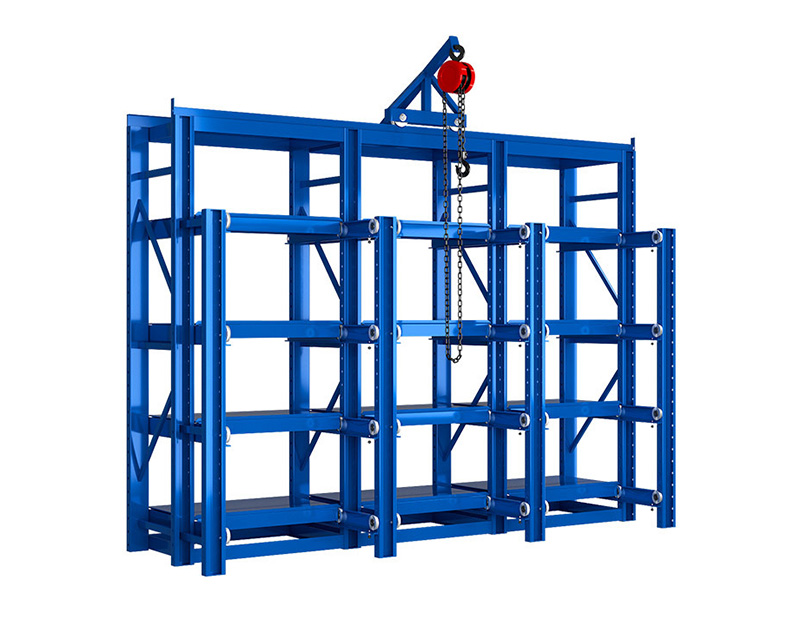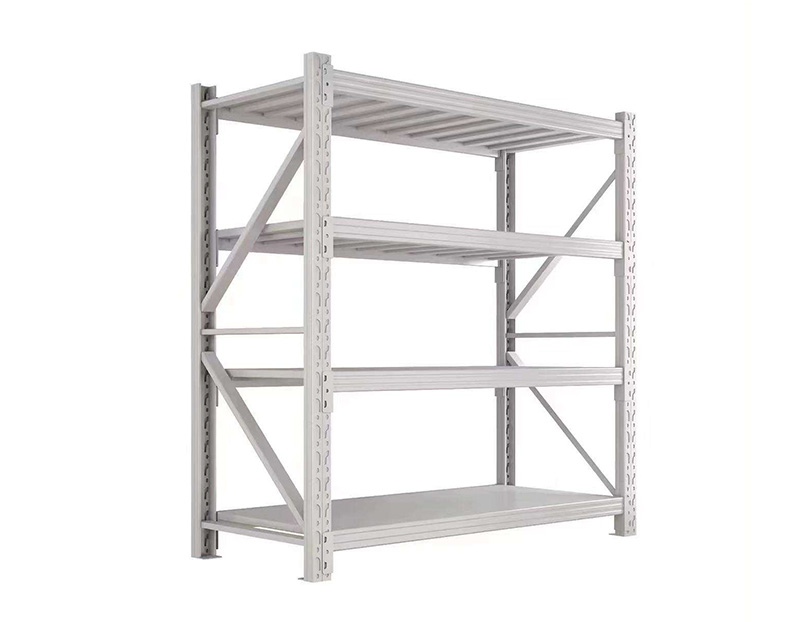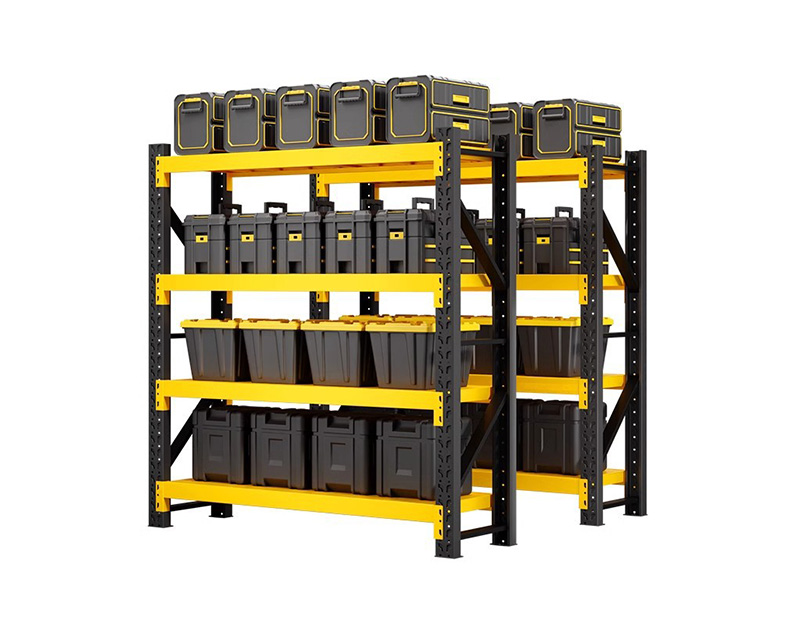Industrial Pallets: Pros and Cons for Export Use
When shipping goods internationally, choosing the right type of industrial pallet is critical for ensuring compliance, protecting cargo, and minimizing costs. Each pallet material—wood, plastic, and metal—comes with specific advantages and drawbacks for export applications.

**Wooden pallets** are widely used for export due to their availability and low cost. They’re easy to repair and strong enough for most cargo types. However, a major requirement for wood pallets in international trade is ISPM 15 compliance. This regulation mandates that wood used in export pallets must be heat-treated or fumigated to prevent the spread of pests.
**Pros of wooden pallets for export:**
- Economical and readily available worldwide
- Easy to customize and repair
- Compatible with nearly all loading equipment
**Cons:**
- Must be certified and stamped for ISPM 15 compliance
- Susceptible to moisture, mold, and pests
- Limited durability for reuse in multi-trip logistics
**Plastic pallets** are gaining popularity for export, especially in industries requiring hygiene and consistency. They are non-absorbent, lightweight, and exempt from ISPM 15 regulations. Many companies prefer plastic pallets for air freight due to their reduced weight and lower risk of damage.
**Pros of plastic pallets for export:**
- No fumigation or certification required
- Lightweight, reducing air freight costs
- Hygienic and resistant to moisture
**Cons:**
- Higher upfront cost
- Limited repair options if damaged
- Not ideal for extremely heavy loads
**Metal pallets**—especially steel—are rarely used for export due to their high cost and weight, but they can be essential in niche cases. They’re typically reserved for military equipment, heavy machinery, or hazardous goods requiring maximum durability.
**Pros of metal pallets for export:**
- Extremely strong and durable
- Fire-resistant and suitable for hazardous goods
- Long service life in closed-loop systems
**Cons:**
- Very expensive and heavy
- May require special handling equipment
- Not economical for one-way shipments
**Conclusion:**
For most export needs, **wooden pallets** remain the go-to due to their cost-effectiveness—provided they meet ISPM 15 standards. **Plastic pallets** are ideal where hygiene, reusability, or air freight efficiency is a priority. **Metal pallets** are best reserved for specialized applications. The right choice depends on your cargo, shipping route, and logistical requirements.
 Smart Storage Equipment: Top B
Smart Storage Equipment: Top B
 Storage Systems: Design Ideas
Storage Systems: Design Ideas
 Storage Systems: Best Software
Storage Systems: Best Software
 Storage Systems: Maximizing Sp
Storage Systems: Maximizing Sp
